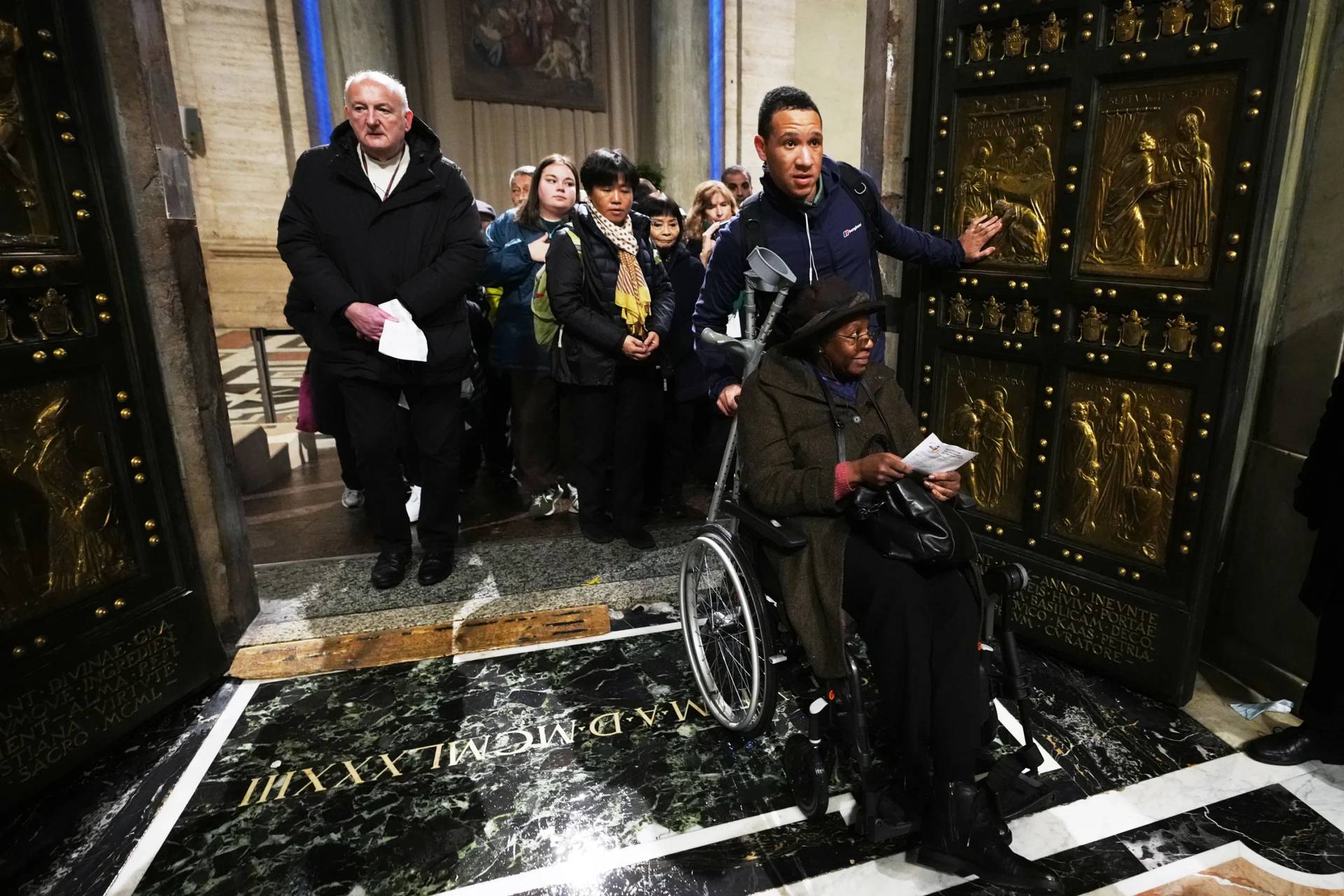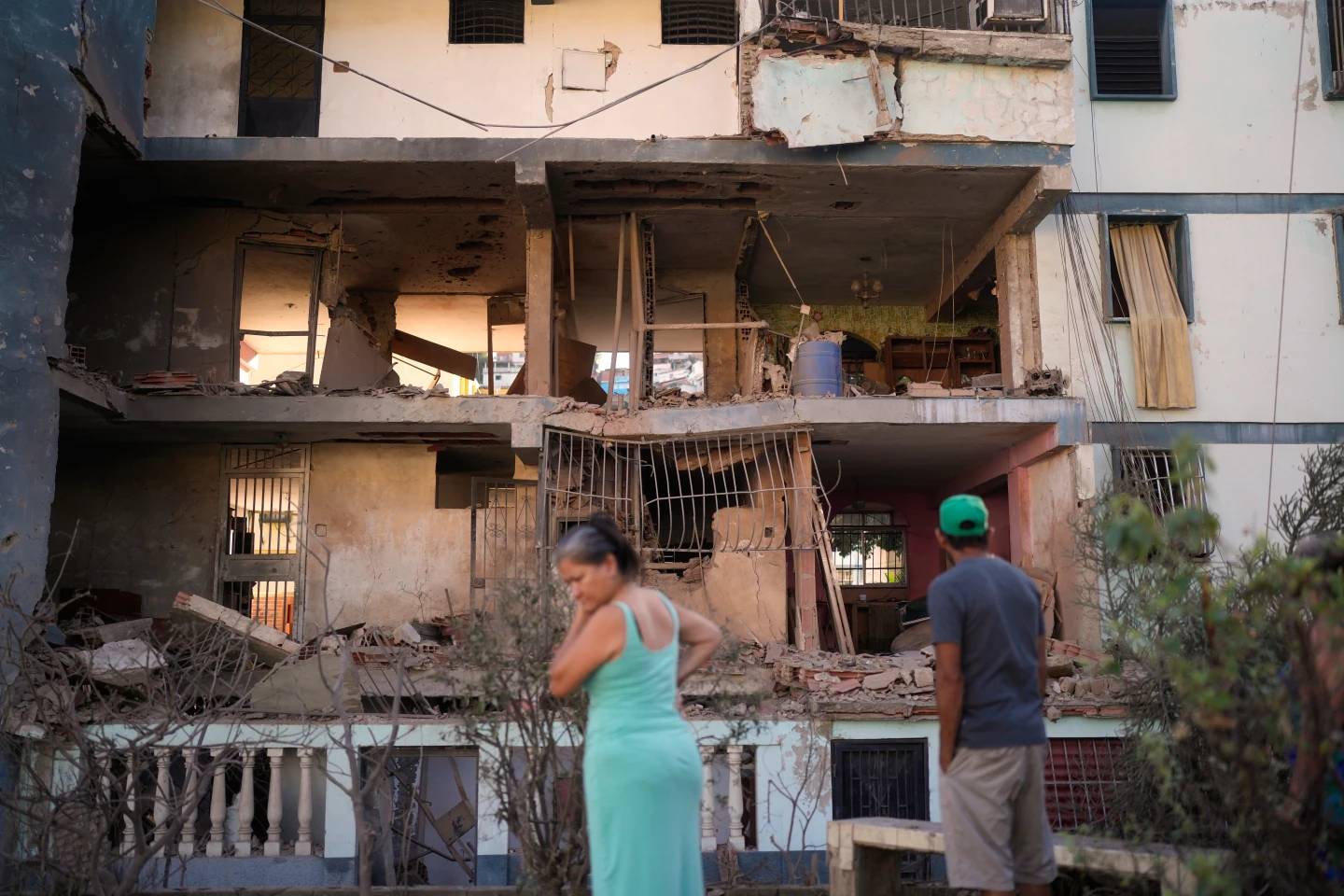The luscious fruits of the Amazon jungle still grow, undeterred by the raging pandemic.
But many Colombian farmers and Indigenous communities have been left without a way to sell their harvests, and without the wherewithal to buy the staples of daily life.
Seeing this need, two siblings launched The Harvest: Amazonian Barter. Now dozens of people line up every Friday in front of a truck packed with soap, rice, oil and other products that they exchange for fruits that would otherwise go to waste because of the virus.
The fruits are then flown more than 600 miles from the town of Leticia, which lies along the Amazon River at the border of Brazil and Peru, to the Colombian capital of Bogota. Then they’re delivered in boxes to people who subscribe to the service, along with a guide to understand the exotic fruits, the best way to eat them and their nutritional value.

The project was started in March by Bogota-based Adriana Bueno, who heads Habitat Sur, an NGO that works with communities in the Amazon, and Ivan Bueno, who runs a hardware store in Leticia.
“Our goal is food sovereignty, understood as the rights of all peoples to choose their food and to produce it in a conscious way that respects the environment,” he said.
“The coronavirus has been the best ground for this because the system is in a halt … The system has shown that it’s not capable of dealing with this, so it’s an open ground for creativity.”
Each Friday, farmers — mostly women from the community of Nazareth in the outskirts of Leticia — walk or take river boats to bring their fruit to the swap spot. Bueno and others hand out face masks, and then pay them with a scrip currency called La Semillas, or The Seeds. Farmers use the scrip to buy products.
More than 3,500 people have joined the exchange and about 250 boxes have been delivered, Bueno said. They cost about $30, and their contents vary depending on the harvest. Fruits can range from the cupuacu that comes from the cacao plant, to the oily purple berry of the açai palm tree that is a staple of native Amazon cuisine and that has become a global superfood.

“We try to always go with wild fruits, and even when they’re very delicate we manage to deliver them safe and sound,” Bueno said. “It’s spectacular because you open your box and you say: ‘What’s this?’”
Bueno said the project is not yet making a profit. Deliveries are limited for now; the supply is great, and some fruit rots in the humid jungle before it can be flown to the capital. But he said there has positive feedback from the community, including a local Catholic priest who recently praised the project for uniting people around their land and roots at a time of crisis.
That, he said, is “an immeasurable value.”














